Get PeakVisor App
Sign In
Search by GPS coordinates
- Latitude
- ° ' ''
- Longitude
- ° ' ''
- Units of Length

Yes
Cancel
Share ×

Scan the QR code and open PeakVisor on your phone
❤ Wishlist ×
Choose
Delete
The St. Elias Mountains, which cover over 43,000 sq. miles of southeastern Alaska, southwestern Yukon, and a small portion of northwestern British Columbia, are a subgroup of the much larger Pacific Coast Range. There are 403 named mountains in the St. Elias Mountains, thirteen of which exceed 15,000 feet in elevation. In fact, five of the tallest mountains in Canada and two of the tallest peaks in the states sit within the St. Elias range, all of which exceed 16,000 feet.The highest and the most prominent mountain is .
The St. Elias Mountains form a divide between the Pacific Ocean and the Yukon River. On the east, the Donjeck and White Rivers flow to the Yukon River, while on the west, a series of small, short rivers flow out to the Pacific Ocean. The range is not only the highest coastal mountain range in the world, but it’s almost completely covered by icefields due to its close proximity to the Pacific Ocean.
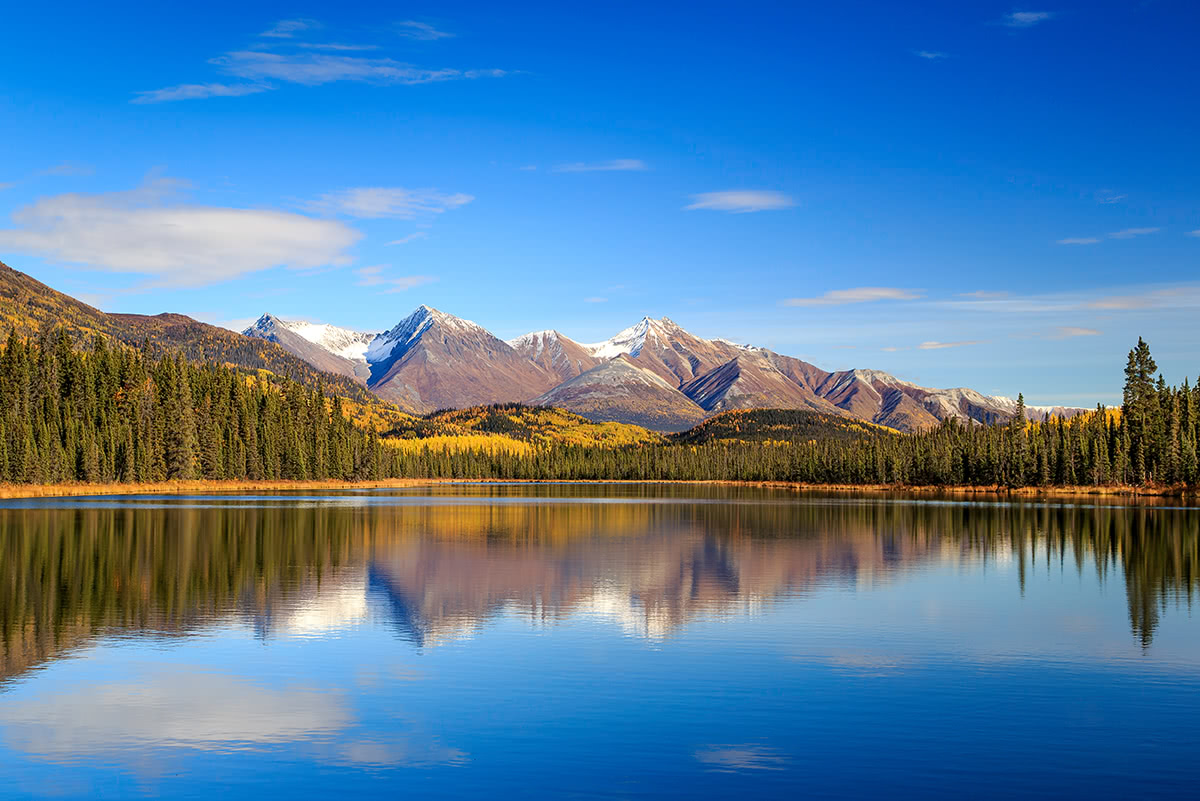
The tallest peak in the range, Mount Logan, is the highest mountain in Canada and the second highest in North America. The namesake mountain in the St. Elias Range, Mount Saint Elias, sits on the Yukon and Alaska border and is considered the second highest in both Canada and the United States. Mount Saint Elias is known for its incredible vertical relief. Although Denali is higher in elevation, the summit of Mount Saint Elias rises over 18,000 feet in just 10 horizontal miles.
Several of the tallest peaks in the St. Elias Mountains, commonly referred to as “boundary peaks,” are found along the Alaska/Yukon border. These notable high-altitude peaks include Mount Seattle(Boundary Peak 178), Mount Alverstone(Boundary Peak 180), Mount Vancouver(Boundary Peak 181), Mount Cook(Boundary Peak 182), and the previously mentioned Mount Saint Elias. Additional snowcapped, rugged St. Elias peaks can also be found on the border of Alaska and neighboring British Columbia. These boundary peaks include the illustrious Mount Fairweather, Mount Quincy Adams, Mount Root, and Mount Logan.
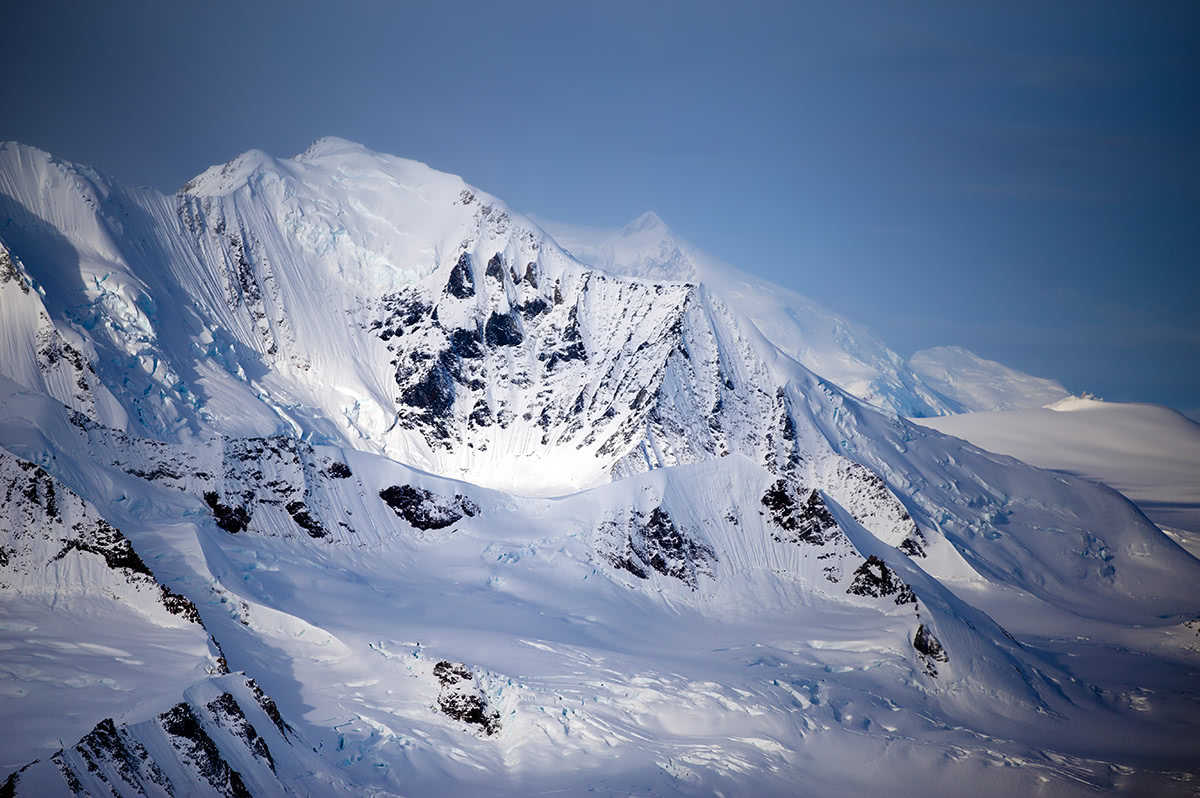
Encompassing the Wrangell-St. Alias National Park and Preserve and Glacier Bay National Park in the states, as well as Kluane National Park and Reserve in Canada, it’s safe to say the St. Elias Range offers some of the very best outdoor recreation and sightseeing opportunities in North America, particularly for mountaineers and backcountry campers and hikers.
Within the remote, 8,499 square-miles of Kluane National Park lies one of the largest nonpolar icefield in the world. The icefield occupies more than half of the park and includes enormous glaciers, like Kaskawulsh Glacier, Lowell Glacier, and Donjek Glacier, that stretch for more than 37 miles. In fact, more than 80% of the park’s landscape is dominated by stunning St. Elias peaks, like Mount Kennedy and Mount Logan, and gleaming glaciers. Kluane National Park is known as the “land of extremes,” and houses North America’s largest population of genetically diverse grizzly bears. However, travelers come from around the world to tackle the park’s incredible alpine passes and experience the awe and wonder of several rugged St. Elias summits.
Similar to Kluane National Park, both Wrangell-St. Elias and Glacier Bay encompass giant, snow-capped St. Elias summits and glaciers. Both parks are incredibly remote, offering visitors a unique experience to be immersed in the true Alaskan wilderness.
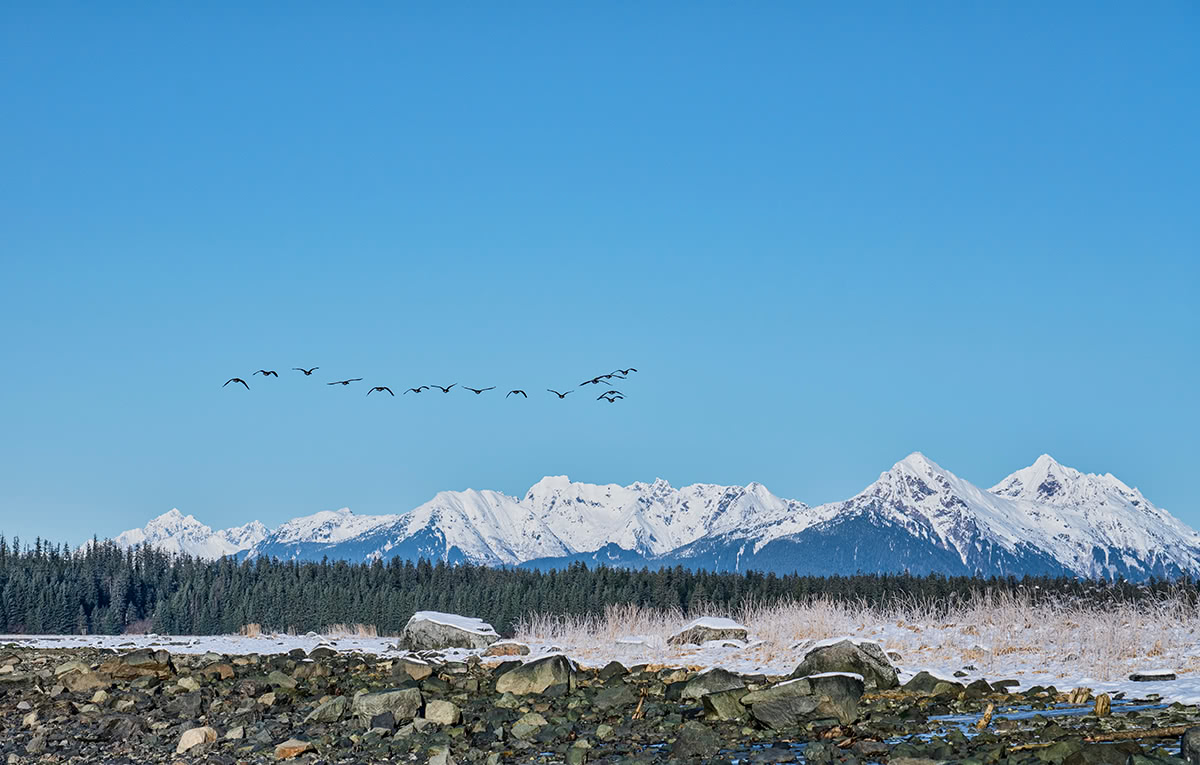
Wrangell-St. Elias, which covers an incredible 13.2 million acres, is the largest national park in the United States and 4th largest park in the world. Over 25% of the park is covered in glaciers, two of which include the infamous Hubbard Glacier, the largest tidewater glacier in North America, and the Malaspina Glacier, the largest piedmont glacier in North America. The highest point in the park is Mount Saint Elias, but other notable St. Elias peaks include Mount Bona and Mount Bear.
Glacier Bay, one of Alaska’s most remote national wilderness areas, is home to incredible snow-capped mountains, glaciers, and emerald-green forests. There are no roads that lead in or out of the park, so tourists don’t often experience the park on foot. However, it’s entirely uncommon for highly experienced, adventurous mountaineers and alpinists to tackle one of the park’s most iconic peaks, Mount Fairweather.
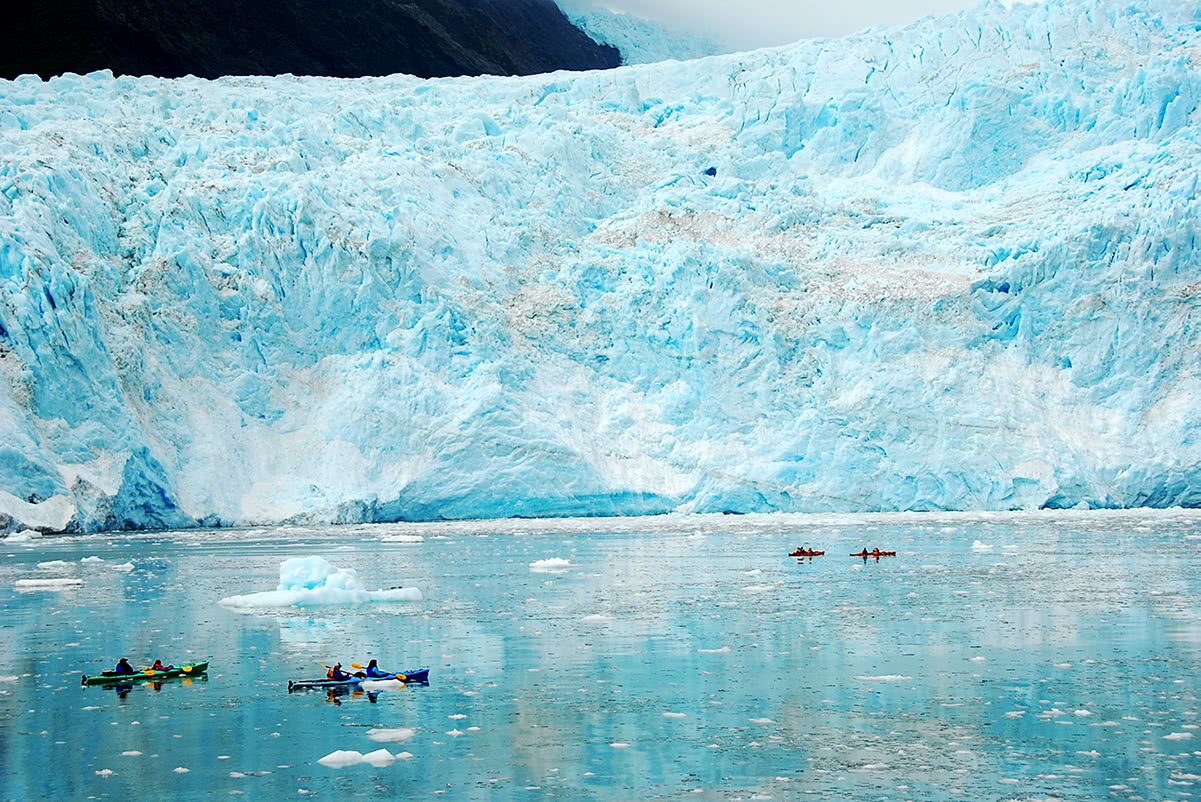
The St. Elias mountains are home to an infinite amount of backcountry adventure. Mountaineers, in particular, appreciate the utter remoteness and relative inaccessibility of these mountains, particular the far-reaches of the Alaskan wilderness. Within the three major parks mentioned above, there are millions of secluded acres of land that can be explored. It’s worth noting, however, that most trails in this region require prior mountaineering and backcountry travel experience, or an experienced guide.
Rising almost 20,000 feet in elevation, Mount Logan is the tallest peak in Canada and an excellent challenge for amateur mountaineers. The hike begins at just around 9,000 feet and covers roughly 16 miles. Although the trail doesn’t require much in the way of technical mountaineering skills, it does require roped glacier travel throughout the lower portions of the route. The landscape may also present unique challenges related to unpredictable weather, high-altitudes, and temperature extremes. Hikers should have previous experience traversing a glacier and be familiar with snow and ice techniques including, self-arrest, cramponing, roped glacier travel, and crevasse rescue. Below, we’ve listed just a few of the more popular trails in the range.
One of the most popular day hikes in Kluane National Park, the 6 to 10 mile trek to King’s Throne is a challenging traverse that features breathtaking views of Lake Kathleen and surrounding craggy mountain summits. Once you reach the Throne, you have the option to continue on to King’s Throne Summit, which is an unmarked route. The park recommends that only expert hikers attempt the summit.
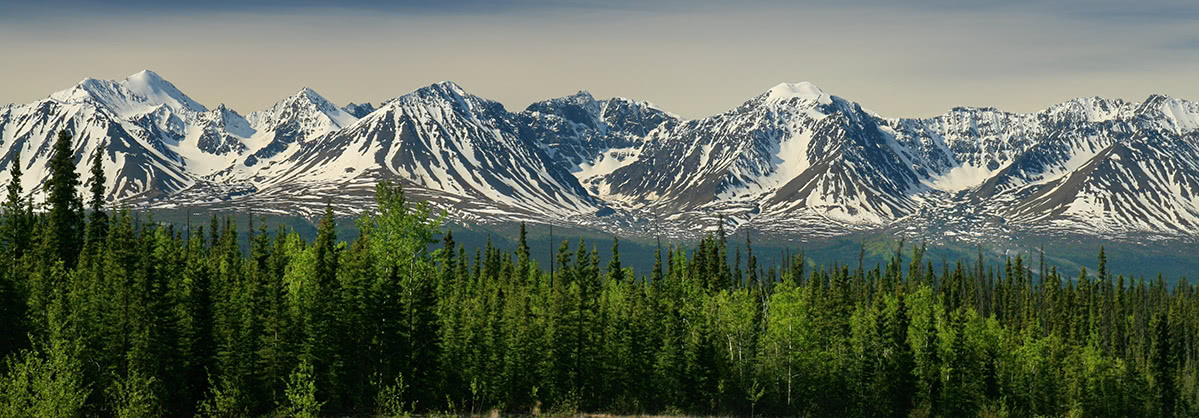
Backpacking in Wrangell-St. Elias National Park is an immersive, authentic Alaskan experience. The Goat Trail, a classic trek in the park, follows a historic gold-prospecting route between the Wrangell and St. Elias ranges and features sprawling, glacier-clad, towering mountain peaks. First, you’ll climb up and over the 6,000-foot Chitistone Pass, before traversing down through the deep Chististone Gorge. In 20-25 miles, the trail passes the incredibly pristine Chitistone River, hugs steep cliffs, skirts massive moraines, and crosses several miles of unmarked, vast tundra. The Goat trail is considered an excellent introduction to remote Alaskan backpacking, though prior experience is recommended.
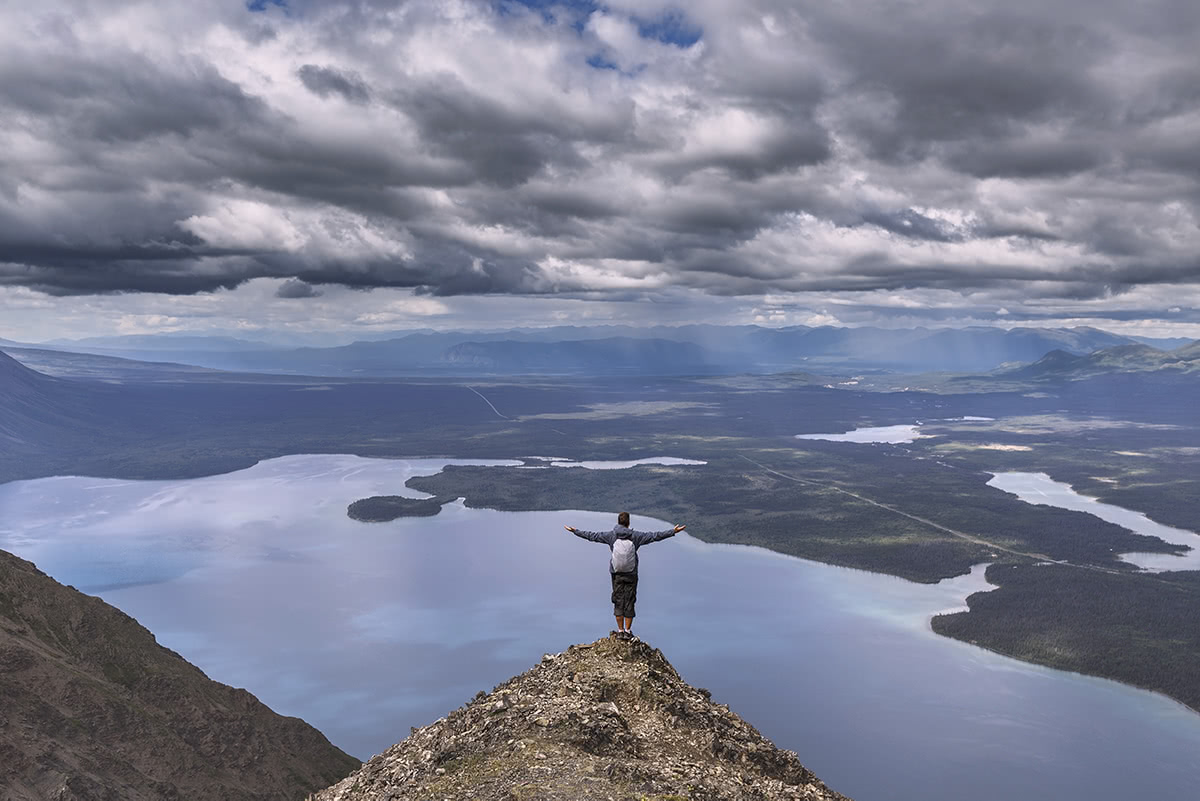
The Mount Logan Lodge sits at the border of Kluane National Park, offering unparalleled access to epic trails in the heart of the Yukon. In addition to offering guided tours, the lodge serves as an ideal basecamp for hiking, backpacking, snowshoeing, dog mushing, ice climbing, exploring glaciers and general sightseeing within Kluane National Park and St. Elias Range. The lodge itself also features ample accommodations and premium amenities.
McCarthy isn’t a major city, per say, but it’s as close as you can get to the vast, open wilderness of Wrangle-St. Elias National Park. Nestled in the heart of the park, McCarthy offers a small-town mountain vibe, in addition to a lodge, hotel, and a few local businesses. Only about 50 people live in the town year-round, but unique accommodations, like the Kennicott Glacier Lodge, McCarthy Lodge, and Ma Johnson Hotel, will get you up close and personal with the St. Elias Range.
Yakutat is another small community surrounded by the snow-capped peaks of the St. Elias mountains. Yakutat is unique in that it is geographically isolated, with no road or rail access. Sometimes referred to as “surf city, Alaska,” Yakutat is located in the northern reaches of the Inside Passage region. Yakutat is just 30 miles from the infamous Hubbard Glacier, nearby Wrangell St. Elias National Park, and is surrounded by the Russell Fjords Wilderness. The town is the perfect place for hiking, fishing, surfing, and kayaking. Despite being a small, remote town, Yakutat is home to a plenty of accommodations, including a number of rustic fishing cabins, several Airbnb’s, as well as the Glacier Bear Lodge and Leonard’s Landing Lodge.
Explore Saint Elias Mountains with the PeakVisor 3D Map and identify its summits.

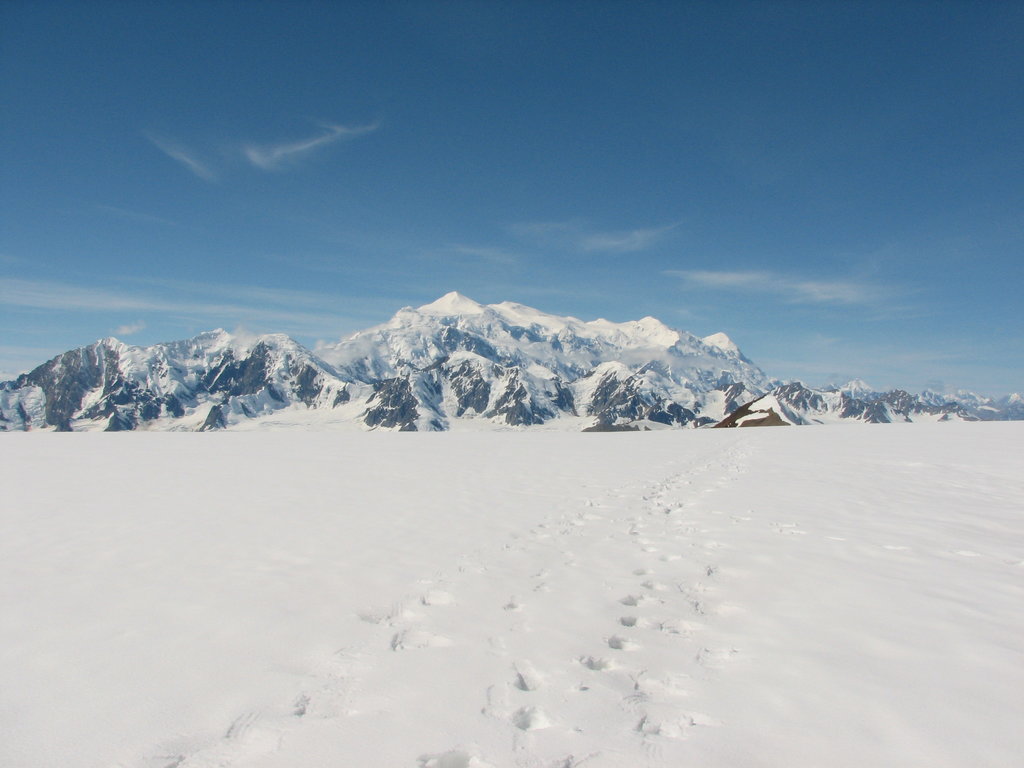
.jpg)
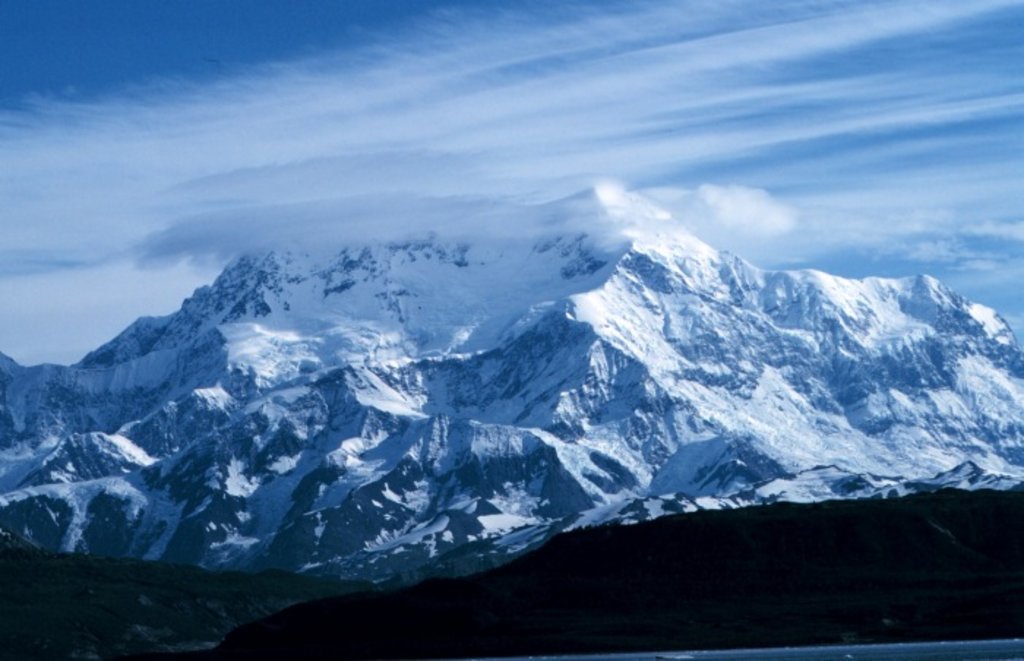
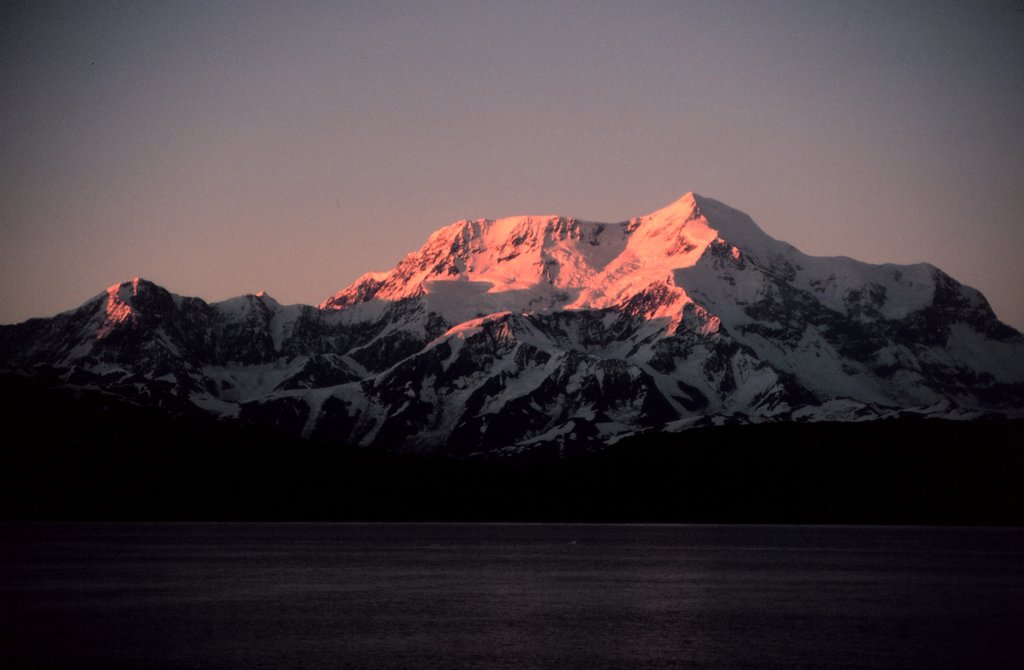

-R4.jpg)
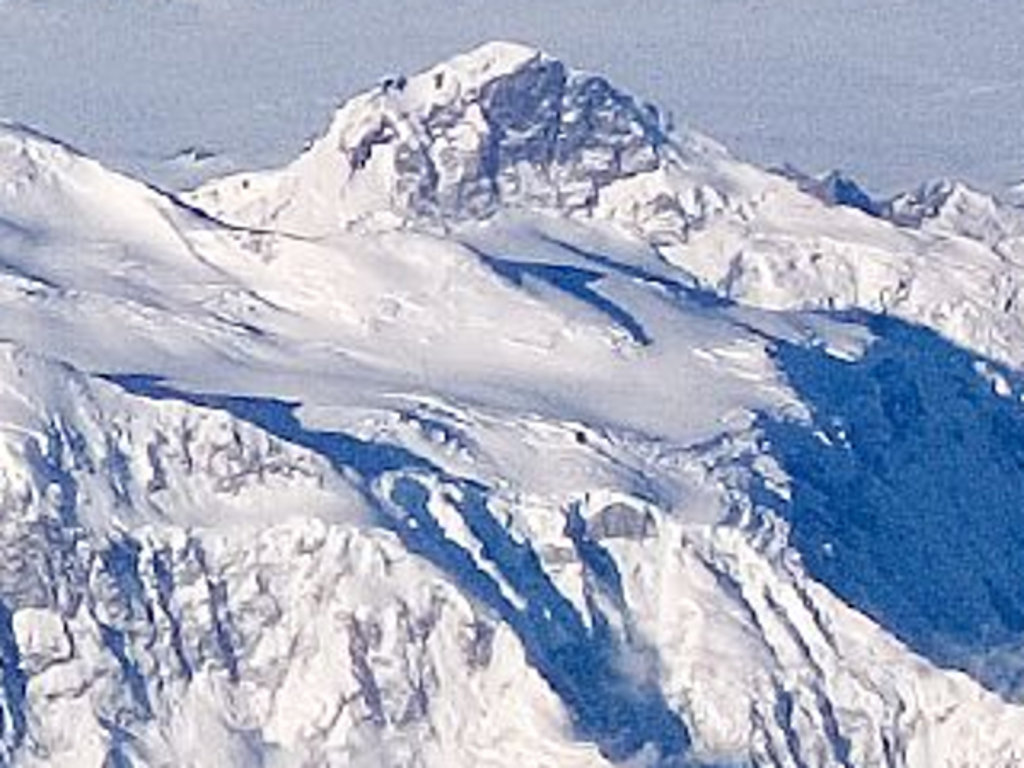
ultra
4000ers-canada
canada-sampler
yukon-ultras
14er
ultra
glacier
4000ers-canada
alaska-13ers
fred-beckey-great-peaks
canada-sampler
alaska-ultras
yukon-ultras
ultra
4000ers-canada
canada-sampler
yukon-ultras
14er
ultra
glacier
alaska-13ers
alaska-ultras
14er
ultra
4000ers-canada
alaska-13ers
alaska-ultras
yukon-ultras
ultra
4000ers-canada
canada-sampler
yukon-ultras
14er
ultra
4000ers-canada
11ers-bc
alaska-13ers
canada-sampler
british-columbia-ultras
alaska-ultras
14er
ultra
glacier
4000ers-canada
alaska-13ers
fred-beckey-great-peaks
canada-sampler
alaska-ultras
yukon-ultras
ultra
4000ers-canada
canada-sampler
yukon-ultras
14er
ultra
4000ers-canada
alaska-13ers
alaska-ultras
yukon-ultras
14er
ultra
4000ers-canada
alaska-13ers
alaska-ultras
yukon-ultras
13er
ultra
4000ers-canada
alaska-13ers
alaska-ultras
yukon-ultras
14er
ultra
glacier
alaska-13ers
alaska-ultras
